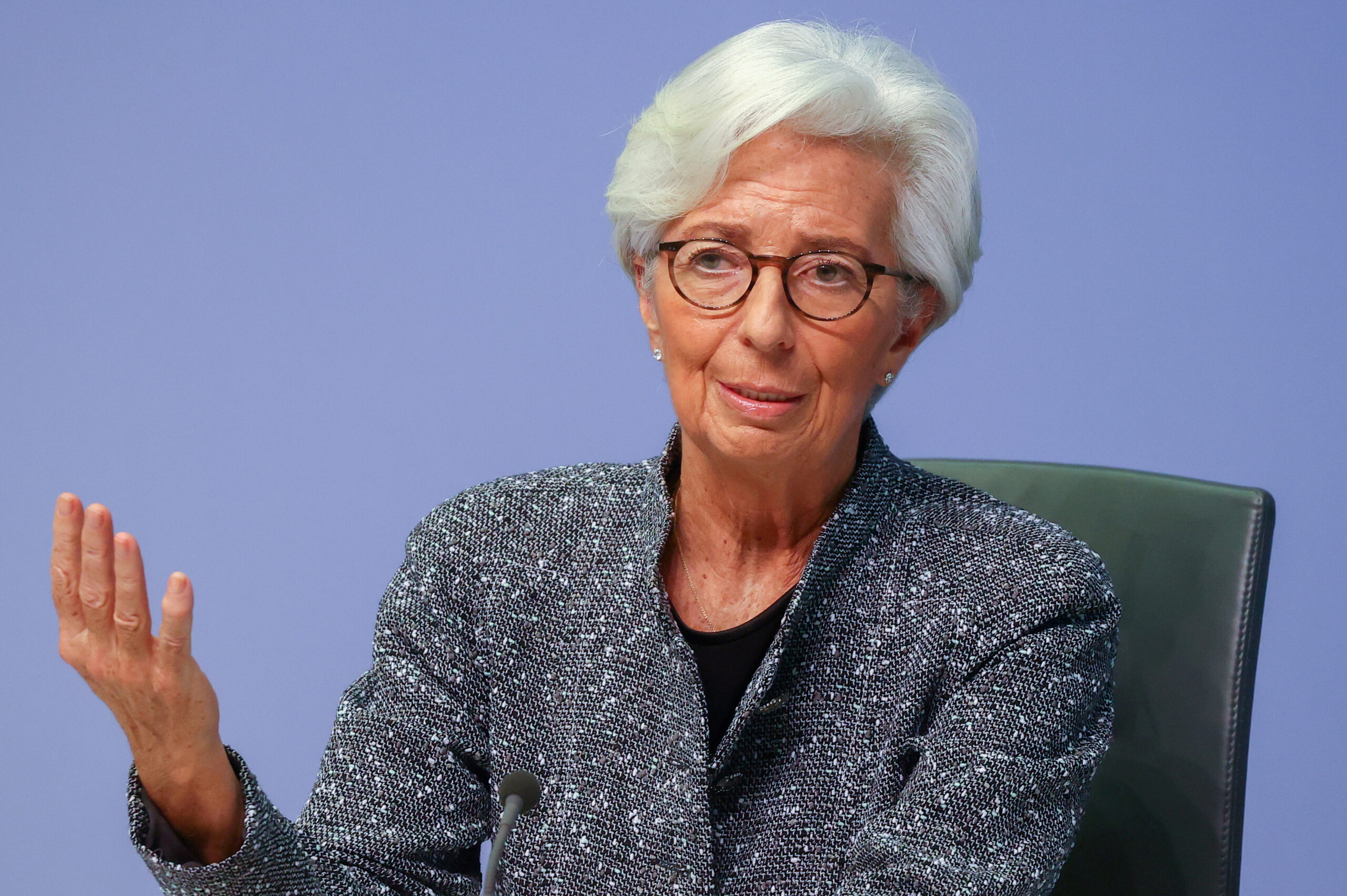
FRANKFURT – The European Central Bank cut official interest rates for the first time since 2019 on Thursday, reflecting the progress made in bringing inflation down from a peak of over 10 percent.
The ECB lowered its key deposit rate, which has been at a record high of 4 percent since September, by 0.25 percentage points to 3.75 percent, as widely expected.
However, it stopped short of signaling any further cuts, warning that the battle against inflation still isn’t won. It expects inflation to stay above its 2 percent target well into next year. At the same time, the Bank noted that the economy is coping better than expected with high rates, and it raised its growth outlook for 2024 in an updated set of forecasts.
As such, the rate cut — which has been widely anticipated for three months — is likely to offer only limited relief to companies and consumers.
“Since the Governing Council meeting in September 2023, inflation has fallen by more than 2.5 percentage points and the inflation outlook has improved markedly,” the ECB said in a statement. “It is now appropriate to moderate the degree of monetary policy restriction after nine months of holding rates steady.”
At her press conference later, President Christine Lagarde — wearing a pendant that spelled out ‘In Charge’ — said that, even though the Bank expects more “bumps on the road” back to stable prices, it is now more confident than before of bringing inflation definitively under control.
Picking up on a theme in recent ECB research, she argued that surprisingly high wage growth in the first quarter of this year was unlikely to be sustained. She added that the slowdown in inflation since September meant that policy was tighter today, in real terms, than it had been nine months ago.
Even so, Lagarde repeatedly stressed that the Bank is not ‘pre-committing’ to anything more. That drew criticism from some quarters for not being bold enough.
“Much lower interest rates are needed to strengthen investment and private consumption,” Marcel Fratzscher, head of the DIW think-tank in Berlin, said in a statement. Italian Finance Minister Giancarlo Giorgetti told reporters that: “It was time. We hope that this is only a first step in this direction.”
However, others — including Austrian National Bank Governor Robert Holzmann, the only Governing Council member to dissent from the decision — thought the ECB’s decision to cut sat awkwardly with its previous promise to be ‘data-dependent’: inflation accelerated in May, and the Bank itself raised its forecast for inflation for next year, underlining how difficult it is to squeeze it out of the system.
According to its new forecasts, inflation will average 2.2 percent next year but only hit the 2 percent target in the fourth quarter. Previously it had expected an average of 2 percent over the year. More positively, it sees it averaging only 1.9 percent in 2026.
The Bank now expects the eurozone economy to grow by 0.9 percent this year, up from an estimate of 0.6 percent in March. It also expects growth to accelerate further over the next year and in 2026, as higher wages restore purchasing power that was lost since 2022.
Financial markets reacted with some disappointment to the news, having hoped for a clearer hint that today’s move would represent the first of a series of rate cuts. Government bond yields around the region rose by around 0.05 percentage points, while the benchmark STOXX 600 index fell around half a percent, giving up almost all of the gains it made earlier in the day.
However, a suite of weak-looking economic numbers from the U.S later in the day bolstered hopes that the Federal Reserve may be able to start cutting interest rates sooner rather than later, reversing the market moves.
Changes to the Fed’s policy course tend to have a much greater impact on markets — even within Europe itself — than changes to the ECB’s. The euro hit a three-month high against the dollar earlier this week on greater confidence that the Fed will start easing policy this year.
Markets remain divided on whether the ECB will push ahead with one or two more quarter-point cuts this year. In a note to clients, Berenberg Bank head of research Holger Schmieding predicted two were more likely, one in September and another in December, coinciding with the quarterly updates of the Bank’s forecasts.
Schmieding expects a further three cuts in 2025, which would take rates to a cyclical low of 2.5 percent by the next summer. After that, however, he predicts companies and employees will start driving prices and wages higher again, bringing the ECB’s key rate back up to around 3 percent in 2026.